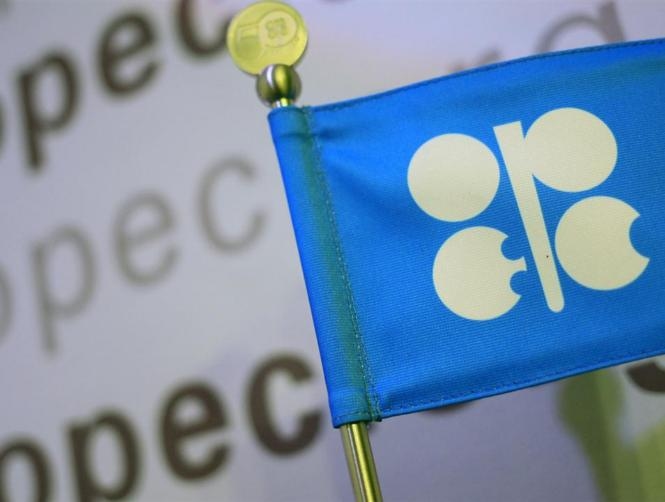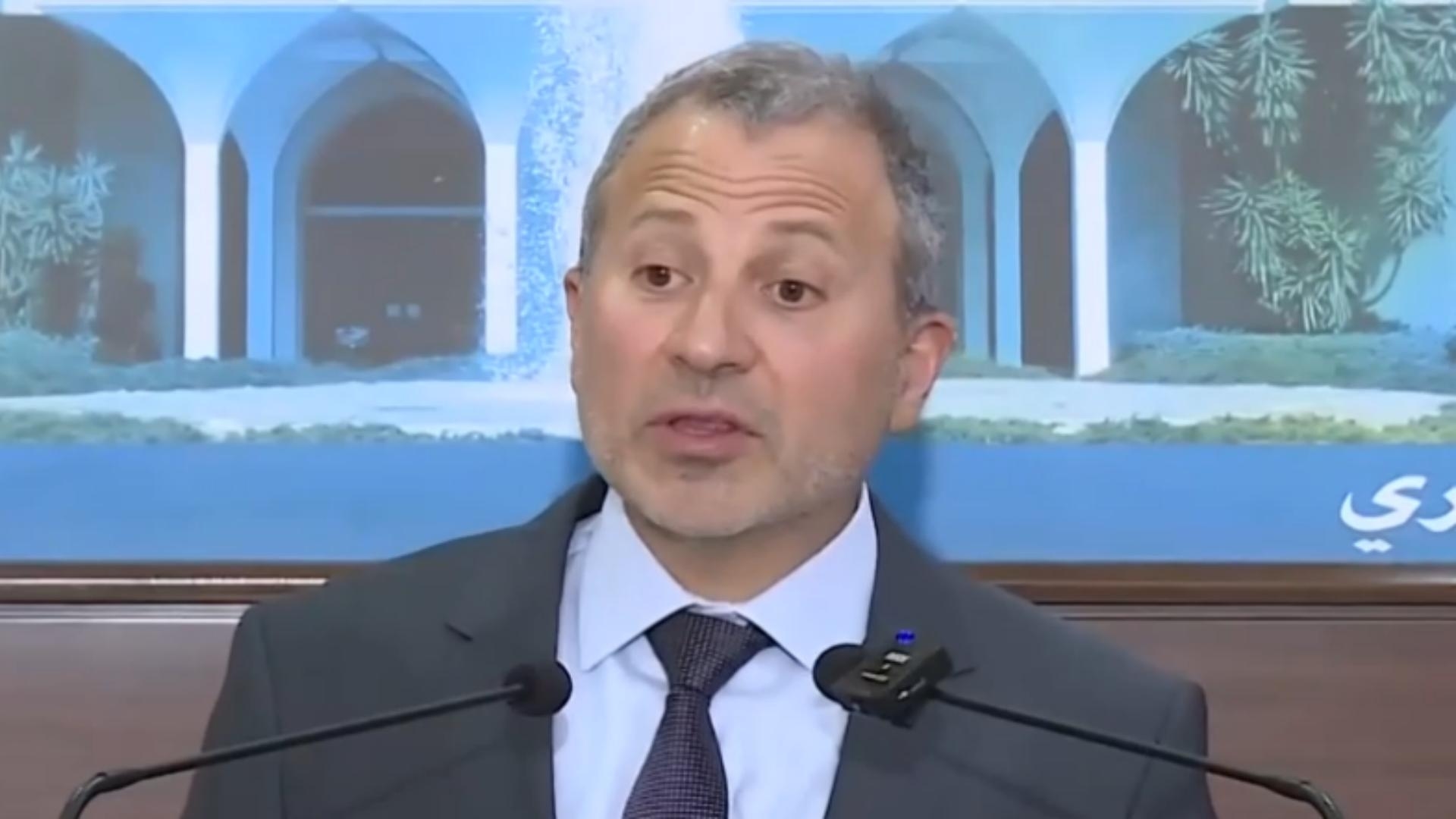Reuters
Oil rose to its highest since August above $50 a barrel on Monday, supported by a planned production cut by exporter club OPEC, although analysts cautioned the stubbornness of the existing supply overhang could temper a longer-lasting rally.
December Brent crude futures were last up 40 cents at $50.59 a barrel by 1200 GMT, off a session low of $49.74, while U.S. crude futures rose 42 cents to $48.66 a barrel, above the day's low at $47.78.
Europe's and Asia's largest markets, Germany and China, are both shut for public holidays on Monday, limiting trade.
The Organization of the Petroleum Exporting Countries said last week it would cut output to between 32.5 million barrels per day (bpd) and 33.0 million bpd from about 33.5 million bpd, with details to be finalised at its policy meeting in November.
Initial scepticism last week over the effectiveness of the deal in eroding the global surplus gave way to a wave of short-covering that drove the price above $50 a barrel for the first time since late August on Monday.
"The lukewarm response to the OPEC deal from analysts (rightfully so) probably attracted some premature selling, with technical traders currently in the driving seat. Oil always runs ahead of itself and this time round is no exception," Saxo Bank manager Ole Hansen said, referring to the price rally.
Aside from doubts over OPEC implementing a final production-cutting deal, those bearish in the market also note the rise in oil output from member countries to a multi-year high in recent months, including exports from Iran that at 2.8 million bpd are close to their 2011 pre-sanctions peak.
OPEC's oil output is likely to reach 33.60 million bpd in September from a revised 33.53 million bpd in August, its highest in recent history, a Reuters survey found on Friday.
"Sentiment has been slightly dented by a Reuters survey Friday, showing that despite agreeing to cut production OPEC pumped crude in record amounts through September," said Jeffrey Halley, senior market analyst at brokerage OANDA in Singapore.
Data last week from the U.S. Commodity Futures Trading Commission showed money managers raised their net long holdings of U.S. crude futures in the week to Sept. 27.
Analysts said there was downside risk to oil prices if the planned cut was not deep enough to bring production back in line with consumption.
"OPEC has created its own Q4 risk to oil prices ... In raising expectations of a November deal to cut production, it also risks a steep price decline should it fail to achieve its goal of cutting output back to less than 33 million bpd," Barclays said in a note to clients.
Despite that, the bank said it did not expect a repeat of the price crash seen late last year after a rally earlier in 2015, citing an improving Asian economic growth outlook, falling oil supplies and rising investor interest in oil markets as support factors.









